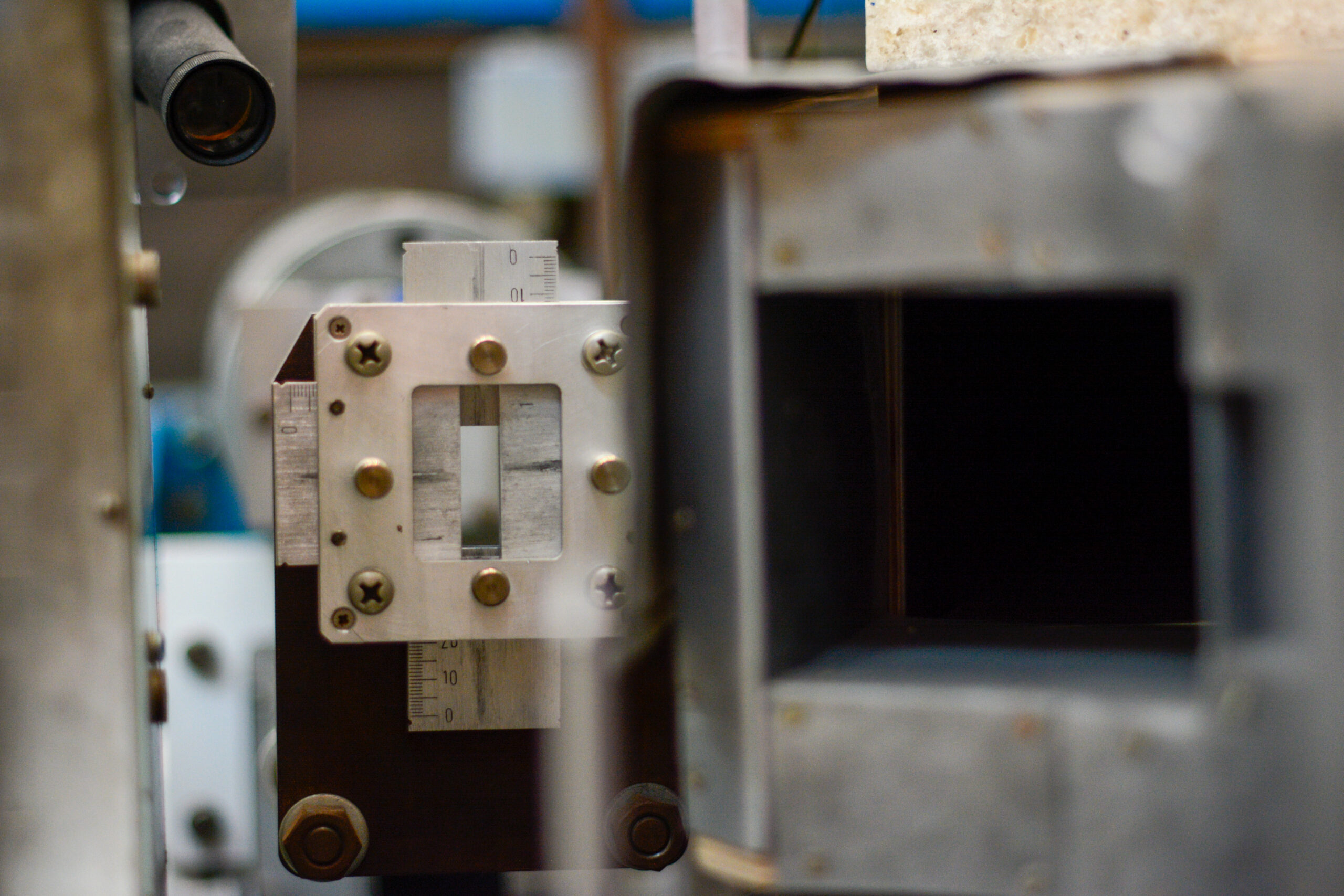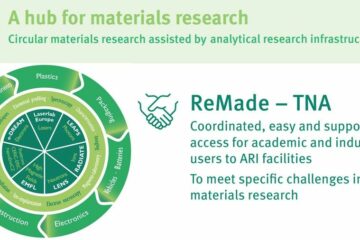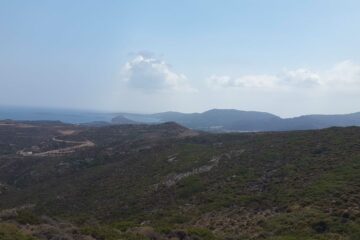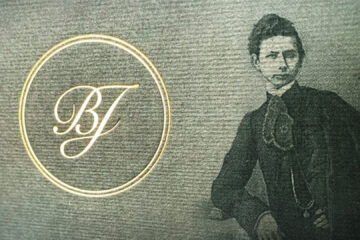Call is Open! Great possibility to apply for beamtime at BNC
After the successful last year reactor operation, BNC offers beamtime in 2026 for the international and domestic neutron community! First call is open with the deadline, submitting the science proposals until the 9th of February. Read more









